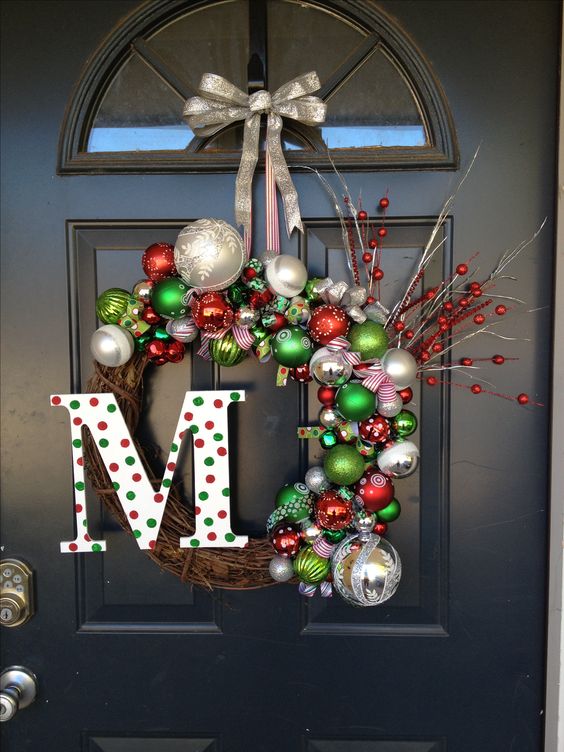Οι μύτες μαζί με τα μάτια είναι από αυτά που δυσκολεύουν πολύ όλους μας όταν κάνουμε πορτραίτα. Διαβάστε πως εξηγεί μια Καναδέζα καλιτέχνης την διαδικασία σε 7 απλά βήματα. Η συγκεκριμένη δεν χρησιμοποιεί ταμπλέτα Wacom αλλά οι τεχνικές βέβαια είναι ίδιες. Και αν έχετε το σωστό λογισμικό το οποίο να υποστηρίζει ευαισθησία στην πίεση και την κλίση…και η αίσθηση είναι ίδια!
How To Draw A Nose From The Front
There is no doubt that noses can be difficult to draw, but if you break them down into smaller sections, you’ll find that
Canadian portrait artist, Darlene Nguyen from Rapid Fire Art, uses a variety of mediums and materials to create fun, unique pieces of art.
In this tutorial, she demonstrates a technique for drawing a nose from the front, breaking the process down to seven simple steps.
In the diagram below, the nose is broken down into 3 main sections: bridge, ball and nostrils. We will use simple shapes and forms as guidelines to construct a nose while maintaining a high level of symmetry.
Step 1:
Create a new layer and name it “Guidelines”. Starting with the ball of the nose, draw a circle. Add the bridge by drawing two curved lines on each side.
Step 2:
Draw a horizontal line through the middle of the circle and create guidelines for the nostrils by drawing a diamond shape that wraps around the base of the nose.
Step 3:
Create a new layer, place it at the top and name it “Shading”. Shade around the inner part of the circle and the outer parts of the bridge until you get a long “U” shape. At the top between the junction of the nose and brow bone, expand your shading outwards and fade out gradually.
Step 4:
Use the diamond shape as a guideline to draw the nostrils. Now it’s really starting to come together!
Step 5:
Shade around the nostrils while leaving some space for the highlights.
Step 6:
Now it’s time to shape and contour the ball and bridge. To make the nose look taller, darken the area around the circle and shade along the top. To make it look
flatter shade the middle of the circle.
Add an additional layer of shading along the bridge to soften out the features.
Step 7:
From your toolbox, use the smudge tool to give the nose a softer look. Then select an easer with a low opacity to redefine highlights along the bridge, tip of the nose and side of the nostrils.
To draw different types of noses, adjust the size of the circle, width or length of the bridge and try different diamond shapes! Experiment with your shading to
achieve taller, flatter, highly angular or defined noses. The possibilities are endless!
Visit the Rapid Fire Art website where you’ll find many tutorials – many of them free – in which Darlene shows you how to create realistic portraits in an easy-to-follow, step-by-step process like the tutorial above. You’ll learn how to draw the individual facial features – eyes, nose, mouth and hair, as well as get tips on shading and composition.
Also, be sure to check out Darlene’s mesmerizing speed drawings using traditional media on her YouTube channel.








